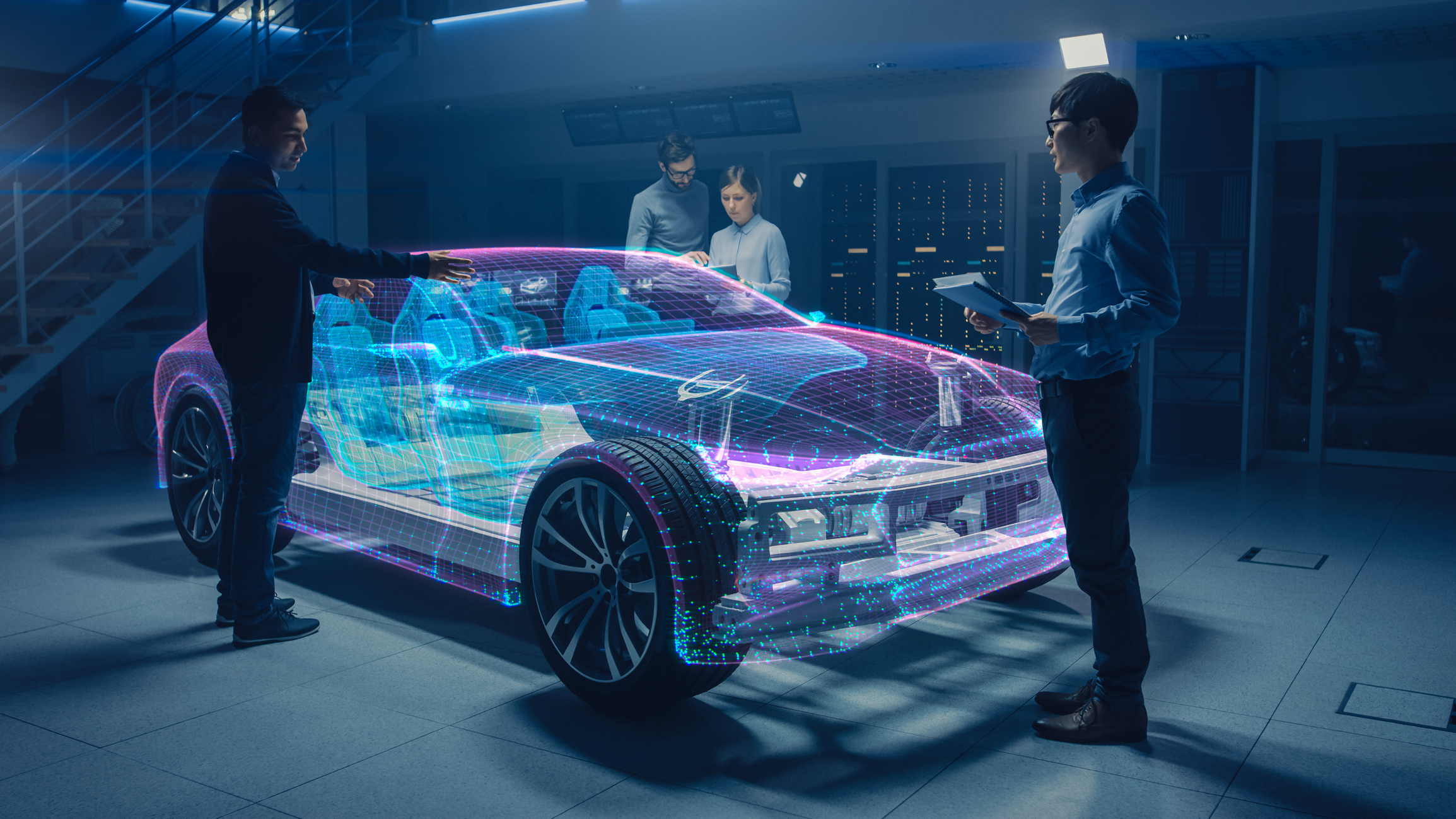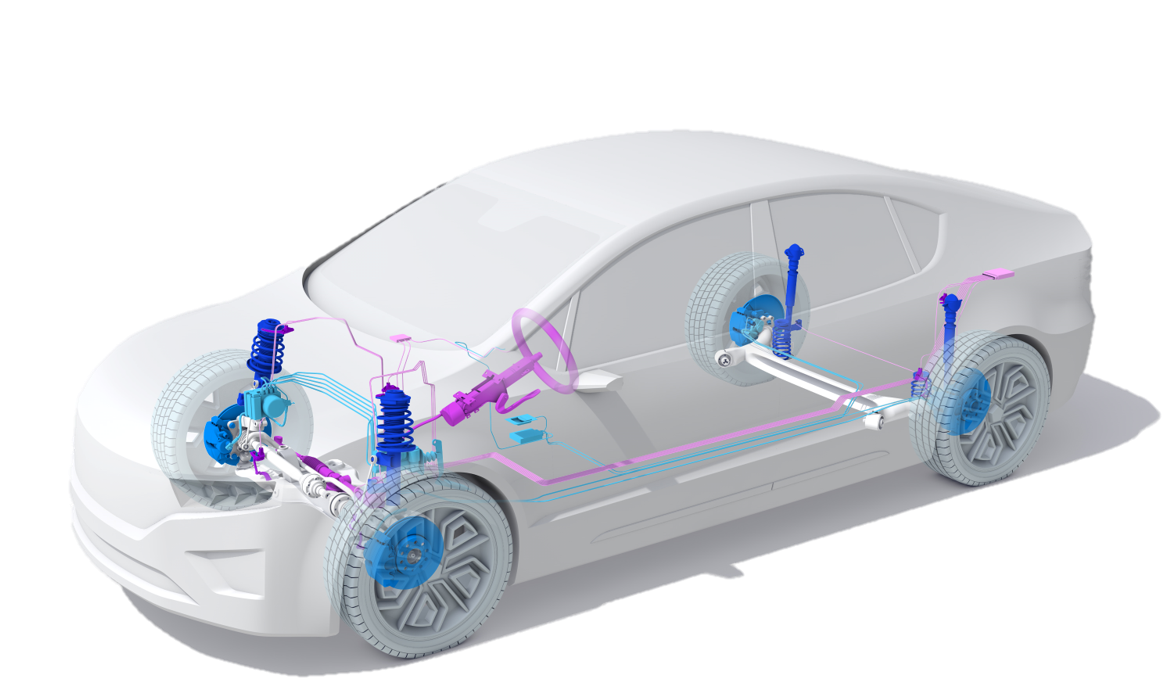Driving comfort, safety, and efficiency reimagined: With Vehicle Motion Management (VMM), IAV is taking the motion control of modern vehicles to the next level – and paving the way for software-defined, connected, and adaptive vehicle concepts. What used to function in isolation in individual control units is now centrally orchestrated and intelligently connected.
Whether steering, braking, drive or damping – VMM ensures precise and predictive control of all active driving dynamics components. The result: more driving pleasure, greater safety and driver experience that can be configured using software. This is made possible by the close integration of mechanical expertise and digital excellence.
Intelligent motion control for tomorrow's requirements
The transformation to the software-defined vehicle (SDV) is fundamentally changing the vehicle: Functions are created in software, can be updated via updates, and offer a new level of flexibility and individualization. However, this freedom also increases complexity – especially for safety-related vehicle motion functions.
This is where IAV's Vehicle Motion Management comes in: As a central control center, VMM enables safe driving dynamics in a digital vehicle architecture. Our solutions connect the essential actuators to form a scalable and harmonized overall system.

Our answer to key challenges in the SDV world
- Mastering system complexity: With model-based development, automated test environments, and AI-supported control technology, we turn complex requirements into robust solutions.
- Consistent consideration of safety: Redundant architectures, by-wire technologies, and predictive control strategies ensure the highest level of reliability – a prerequisite for safe autonomous driving.
- Enabling individualization: Whether sporty, comfortable, or energy-efficient, VMM allows driving behavior to be flexibly adapted to the user and driving situation.
- Utilizing digital lifecycle services: Real-time data from the cloud, continuous further development, and integration into DevOps processes create sustainable added value.
Why IAV is the right partner
We have been shaping the future of mobility for decades and have in-depth expertise in chassis and system development, which we combine with modern software methods, cybersecurity competence, and intelligent data management. We develop Vehicle Motion Management as a holistic solution that fits perfectly into the architecture of modern vehicles and paves the way for fully connected SDV.
Get mobility moving now – with Vehicle Motion Management from IAV
Want to find out how Vehicle Motion Management can set new standards in your next vehicle project? Our experts will show you what is technically possible – and how you can bring innovations to the road.
Your contact person
Jonas Rawitzer
jonas.rawitzer@iav.de
LinkedIn
